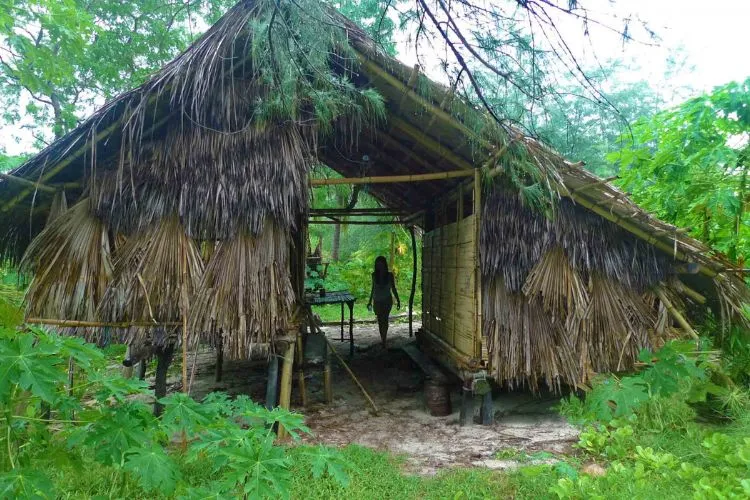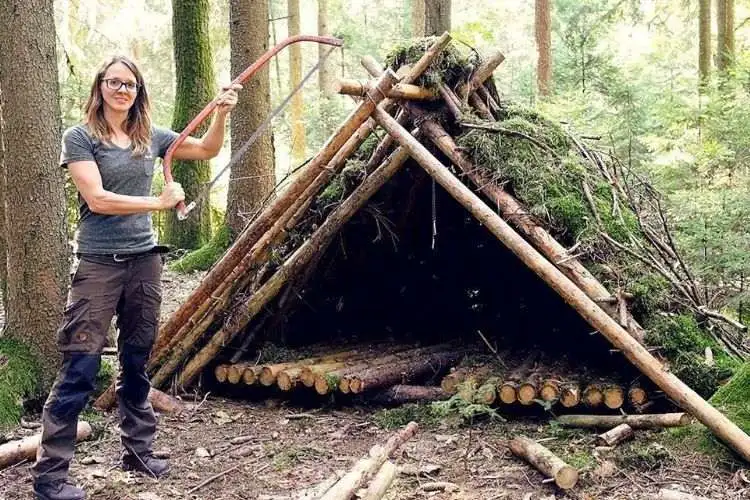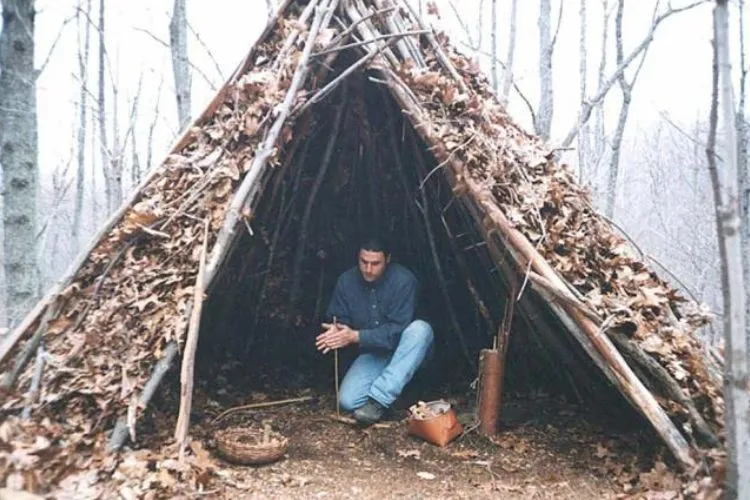Imagine finding yourself stranded on a desert island. Your first priority is to find or create a safe, stable shelter.
This is vital not just for protection from harsh weather conditions but also for your mental well-being.
Knowing how to build a shelter on a desert island with limited resources is a critical survival skill.

Essential Considerations Before Building a Shelter
Before you begin building, it is crucial to understand your environment. Assess the island for available resources, typical weather patterns, and potential dangers.
Select a location that is elevated to avoid water accumulation and stable enough to support your structure. It should be close to resources like water and food but safe from the risk of flooding at high tide.
Planning Your Shelter
When planning your shelter, think about keeping the design simple and practical. The size of the shelter should be enough to meet your needs but remember that bigger isn’t always better. A smaller shelter is easier to build and maintain.
Gathering Materials
The materials available on a desert island may include palm fronds, bamboo, and driftwood. Each material has its advantages, so use what the environment provides.
If there are items from your survival kit or washed-up debris, think creatively about how you can incorporate them into your shelter.

How To Build A Shelter On A Desert Island?
Foundation and Structure
The foundation of your shelter needs to be solid. Start by stabilizing the base; you might need to dig down to firmer ground or use rocks to secure the foundation.
The structure of your shelter can be based on different designs, like an ‘A-frame’, which is simple yet sturdy. Use whatever long, strong materials are at hand for beams and posts, securing them at a point that keeps them upright.
Walls and Roofing
For walls, interweave natural materials like palm leaves or grass to create a mesh that will both shield from the wind and provide privacy.
The roof should have overlapping layers to ensure it is waterproof. It’s essential to layer the materials in a way that allows water to run off without leaking into the shelter.
Enhancing Your Shelter
Insulating your shelter can make a big difference in comfort. Using sand, leaves, or available fabrics can help keep the interior cool during the day and warm at night.
Consider building features like storage spaces, a raised sleeping platform, and even simple furniture to make the space more livable.
Safety Precautions

It’s essential to keep your shelter in good repair. Regularly check the structure for damage and make necessary repairs. Be mindful of local wildlife, and take steps to make your shelter resistant to animals.
This might mean reinforcing the lower parts of the walls or ensuring that food is stored securely and away from sleeping areas.
Troubleshooting Common Problems
You might find yourself facing issues like shortages of materials or weaknesses in the shelter’s structure. Remain resourceful and flexible; adapt your design or seek out new resources to address these challenges. Always be ready to fortify or adjust your shelter as required.
Location Scouting and Environmental Assessment
Selecting the optimal location for your shelter is crucial for survival. Start by surveying the island’s topography to find a spot that is elevated, which will protect you from flash floods and tidal surges, but still close enough to a water source.
It’s equally important to avoid areas where falling rocks or landslides pose a threat. Look for natural windbreakers like rock formations or dense vegetation to shield you from harsh winds.
Proximity to resources is key, so map out the location of food supplies, water sources, and any material that can be used for building or tools.
Balancing convenience with safety is essential—your chosen site should minimize travel for resources while offering natural protection from the elements.
Designing for Weather Extremes

When building a shelter on a desert island, it’s critical to account for the intense sun and potentially cold nights. To combat daytime heat, construct your shelter with reflective materials such as light-colored leaves or tarps that repel sunlight.
Overhangs or a double-roof design can provide shade and allow for air circulation, cooling the interior. For chilly nights, insulate your shelter using thick layers of foliage, grass, or sand, which trap heat.
Additionally, orient the shelter’s opening away from prevalent winds to reduce exposure to cold drafts.
Be prepared for sudden weather shifts by incorporating easily adjustable elements, like a flap or cover that can be closed or opened depending on the immediate need, ensuring both ventilation and warmth as required.
Frequently Asked Questions (FAQs)
How long does it take to build a shelter on a desert island?
The time required varies based on factors like your skills, what materials are available, and environmental conditions. In general, expect to spend at least a few days gathering materials and constructing your shelter.
What are the risk factors when building a shelter on a desert elastic island?
Potential risks include wildlife encounters, weather extremes, and unexpected tides which could flood your shelter.
Can I build a shelter by myself?
While challenging, it is possible to build a shelter on your own. Focus on simple designs and manageable tasks to ensure you can safely construct a sturdy shelter.
What are the signs that a location is unsafe for building a shelter?
Watch out for signs like unstable soil, proximity to insect nests, or frequent flooding. Choosing the wrong location can lead to more problems down the line.
How can I make my shelter cool in the severe desert island heat?
Design your shelter for maximum ventilation and use reflective materials if available. Positioning it in the shade or partially underground can also help keep it cool.
Conclusion:
Building an effective shelter on a desert island requires careful planning, a good understanding of available resources, and a practical approach to construction.
Remember, your shelter is your haven in a hostile environment, so invest the necessary effort and resources into making it as safe and comfortable as possible.
By following this guide, you can improve your chances of building a functional shelter, which is an essential step towards surviving on a desert island until rescue.


